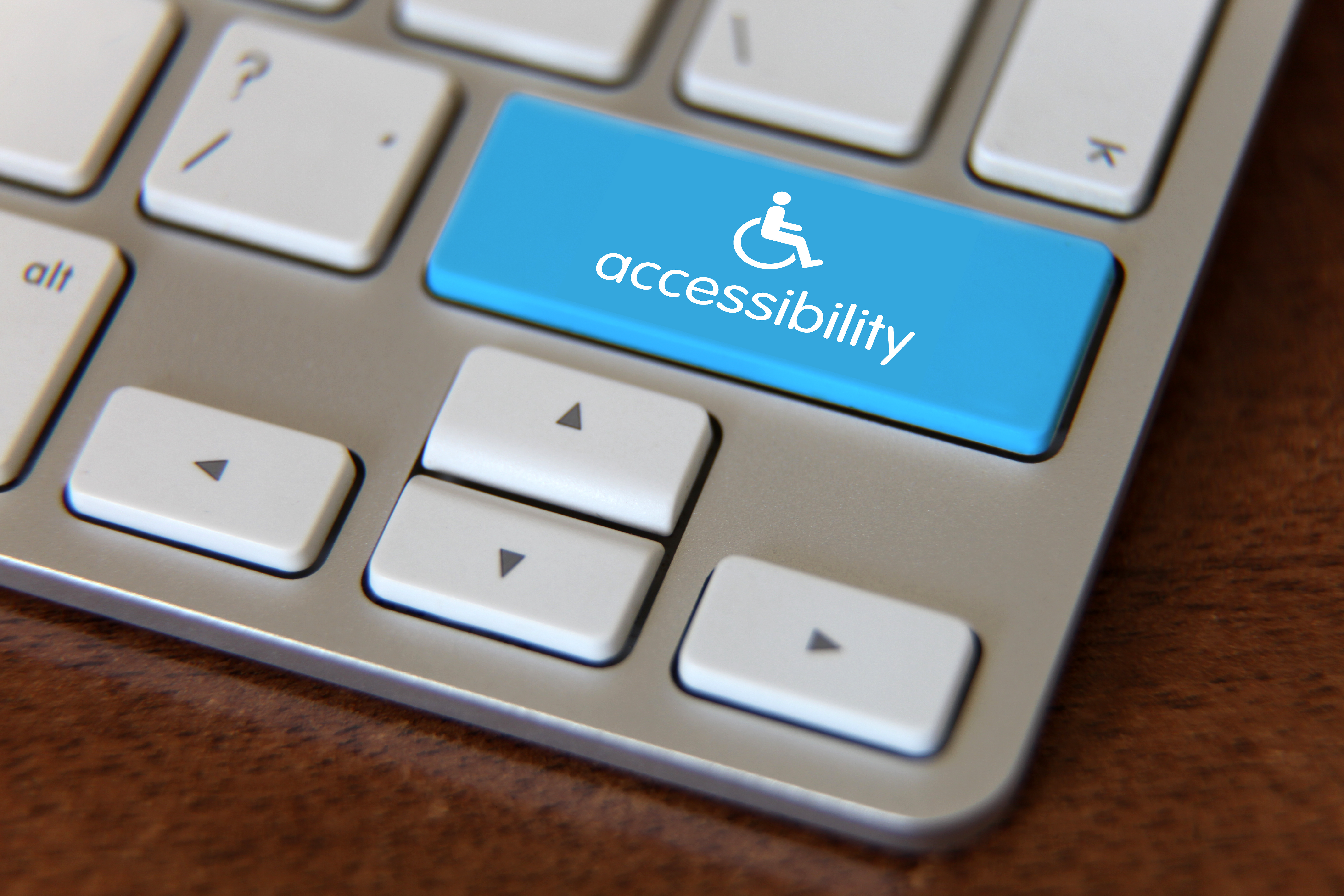Website Accessibility & Inclusive Design — A Developer’s Responsibility
November 17, 2022 at 4:59 PM

In a world where having access to the internet has become nearly essential, individuals with visual impairments, motor skill disorders, or situational impairments can struggle to find websites that provide ease of use. Accessibility is often overlooked during the design and development process of creating a website, so implementing accessibility and inclusive design into your website development practices could be your next step to building a website that is easy for all users!
In the context of a website, accessibility is the practice of developing and designing elements of a website while keeping usability for all types of individuals in mind.
As one can imagine, browsing sites as someone who is visually impaired has motor skill issues, or is elderly could be complicated. Even individuals with situational impairments (such as living in rural areas, developing countries, or not having access to the latest technology) could find it challenging. All of this becomes amplified when developers and designers of a website have not given any thought to the accessibility features of said website. Some examples of accessibility features include:
- Descriptive and clear hyperlinks.
- Hyperlinks should also visually stand out using contrasting colors.
- Tools like the a11y Color Contrast Accessibility Validator can help find appropriate colors for contrasting hyperlinks.
- Implemented contrasting colors throughout the website's design.
- Keyboard-only navigation.
- Individuals with motor impairments often rely on a keyboard instead of a mouse. Ensuring that your website can be easily navigated using the Tab and Enter keys is important.
- Large buttons.
- Smaller control functions can quickly become hard to use for almost any user.
- It is essential to design large buttons and ensure they are an appropriate distance from each other.
- Accessibility plugins if you're using a CMS such as One Click Accessibility (One Click Accessibility – WordPress plugin).
- Plugins like this can offer a wide range of accessibility features (Resize font, Negative contrast, Underline links, Grayscale, etc.), all housed in a compact widget that can toggle on and off at the user's convenience.
- Many free tools are available, so I recommend researching to find one that works perfectly for your site.
- Subtitle/Closed captions for videos.
- Closed captions are essential for users who are deaf or hard of hearing.
- Captions can also be helpful to individuals who are in situations where they cannot use sound on their devices.
- Use of alternative descriptive text for images.
- Screen readers use alt tags to describe an image to visually impaired people.
The importance of accessibility and inclusive design is vast and ever-growing. It guarantees that your website can accommodate all and fosters an environment where users feel embraced instead of pushed away by features and functionalities that able-bodied individuals can only use. As developers and designers, it is our job to spread awareness of the importance of accessibility, as it is the right of any individual to be able to access and use the internet with ease.
There are many ways in which accessibility can be implemented into your website today. Please check out the learn more section of this blog for additional resources regarding accessibility best practices and guidelines.
Learn More
For more information and to ensure your next website is accessible, check out the Web Content Accessibility Guidelines checklist (Houses 61 criteria developers and designers can use to guarantee ease of use for all).
W3.org also has great information and tutorials on developing and designing with accessibility in mind:
WCAG 2 Overview | Web Accessibility Initiative (WAI) | W3C
Smashing Magazine - Strong Case for Accessibility:
Comments
Questions or comments? Join the conversation!